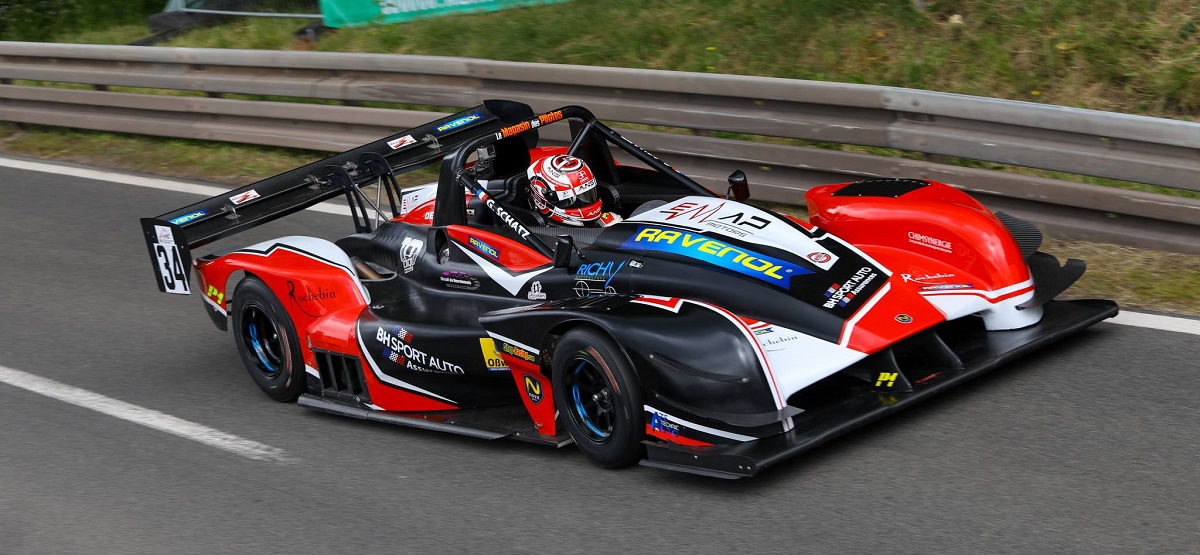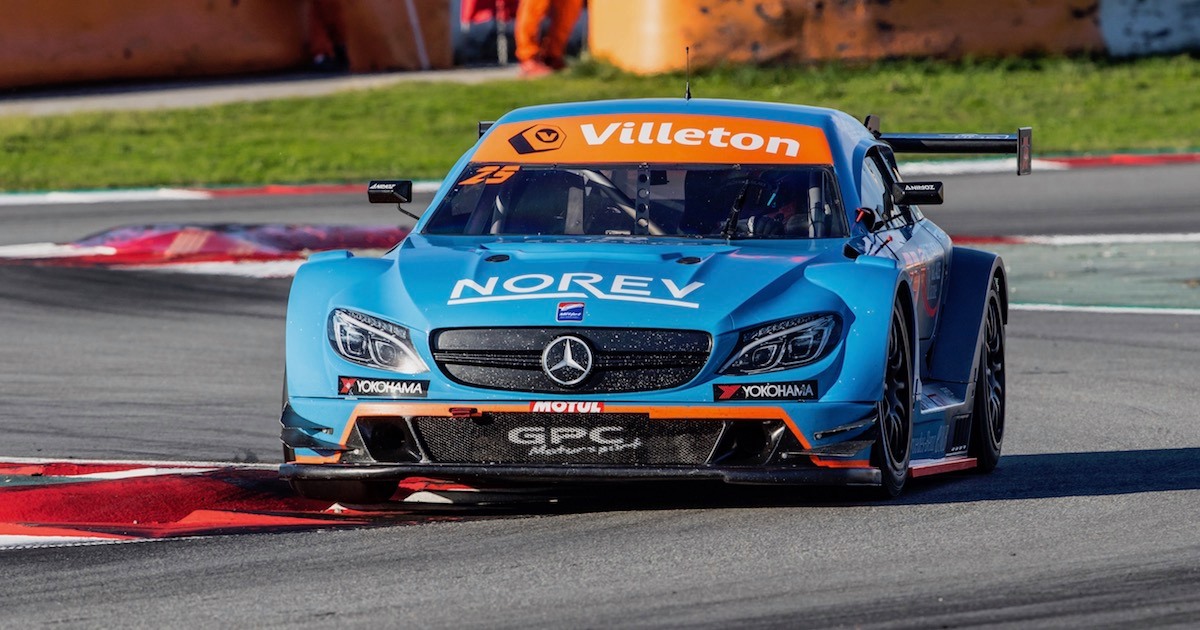Beginning and improving hillclimbing
By RobinB on 14 January 2025 Hillclimbing & SlalomHillclimbing, or "course de côte" in French, is one of the most spectacular disciplines in motorsports 🤩
The goal is simple: achieve the best time on steep, hilly roads. Competitions take place on technical, generally short courses ranging from 1 to over 10 kilometers, such as the famous Trento-Bondone event, the longest hillclimb in Europe with its 17 km track.
Mainly held in mountainous or hilly regions, these races demand maximum concentration, precise knowledge of the course, and meticulous technical preparation of the vehicles.
Curious to learn more about this often-overlooked discipline? Whether you're looking to start or expand your knowledge, this article will provide you with a wealth of information! 🙂
🎥 Discover: my exclusive interview with Geoffrey Schatz, four-time French Champion and 2024 FIA European Hill-Climb Champion. A unique conversation to understand his career, anecdotes, and vision of hill climb racing!
Hillclimbing: History and How It Works
History and Evolution of the Discipline
Hillclimbing has a rich history, dating back to the first automobile competitions at the end of the 19th century. It is one of the oldest motorsport disciplines, with iconic events like the Shelsley Walsh hillclimb in England (pictured below) or Pikes Peak in the United States, which are still held today. Initially, these competitions served as showcases to demonstrate the speed and performance of vehicles.
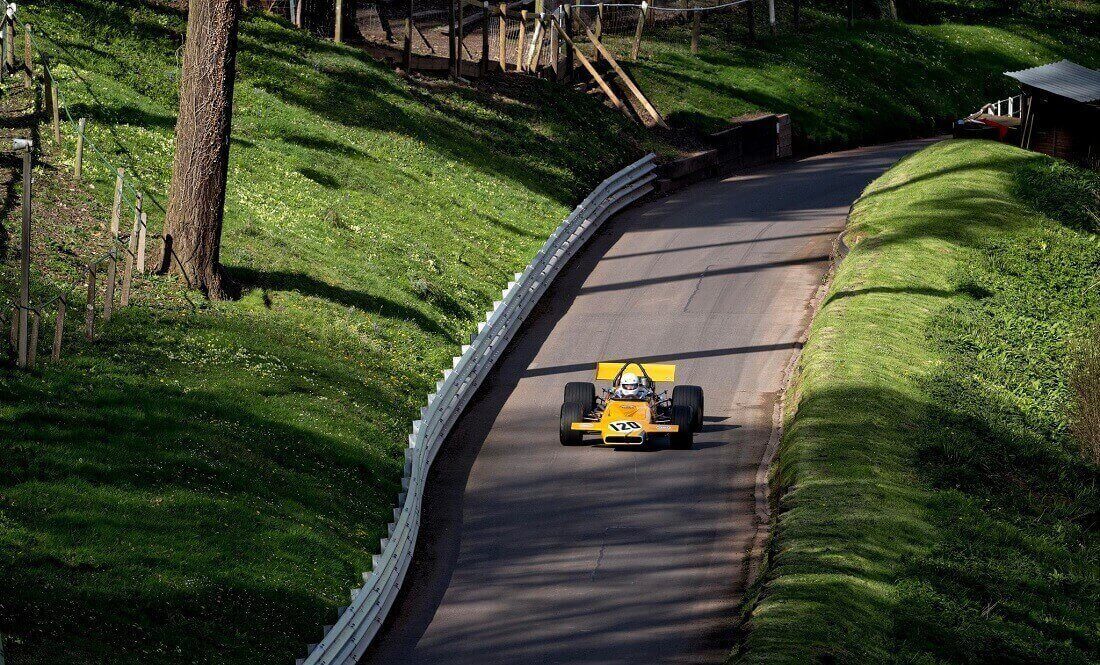
The first official hillclimb took place in 1897 in France, on the La Turbie track near Nice. The discipline quickly gained popularity thereafter. Hillclimbing thus became a real proving ground to push the limits of both cars and drivers.
In Europe, hillclimbing has developed a strong tradition, especially in Switzerland, Germany, Italy, and France. While these events also host motorcycles and karts, this article focuses specifically on cars.
Today, prestigious competitions like Pikes Peak attract world-renowned drivers, ready to take on the challenge of climbing steep slopes at dizzying altitudes. This legendary course, nearly 20 kilometers long with an elevation gain of over 1,400 meters, provides a thrilling playground for both professional and amateur drivers.
Drivers like Sébastien Loeb, who made history with his record-breaking run in a 208 T16 in 2013, and legends such as Ari Vatanen and Nobuhiro 'Monster' Tajima, have written the story of this iconic race 😍
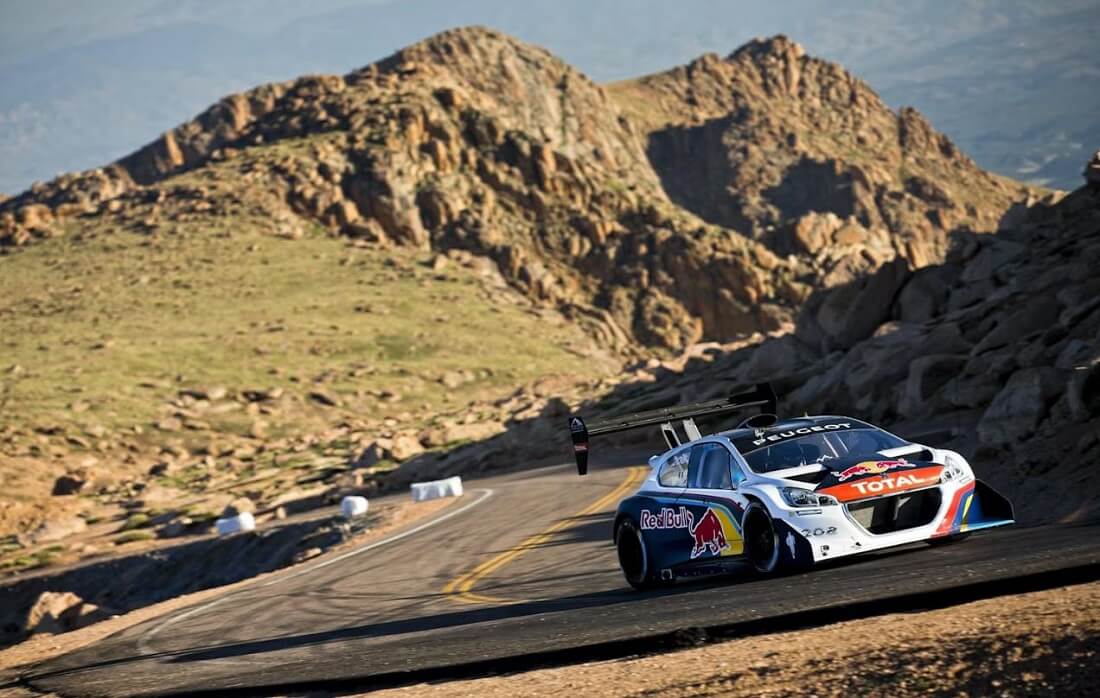
Hillclimbing is also appreciated for its friendly and authentic atmosphere. In the paddocks, the environment remains casual, with drivers and their cars easily accessible to the public, adding to the unique charm of this discipline 👍
Understanding the Vehicle Categories and Classes
Hillclimbing stands out in the world of motorsports for the diversity of cars that participate. It brings together an impressive range of vehicles across different categories, offering a very varied spectacle for the audience.
Participants are divided into several classes, depending on the type of vehicle and its technical characteristics.
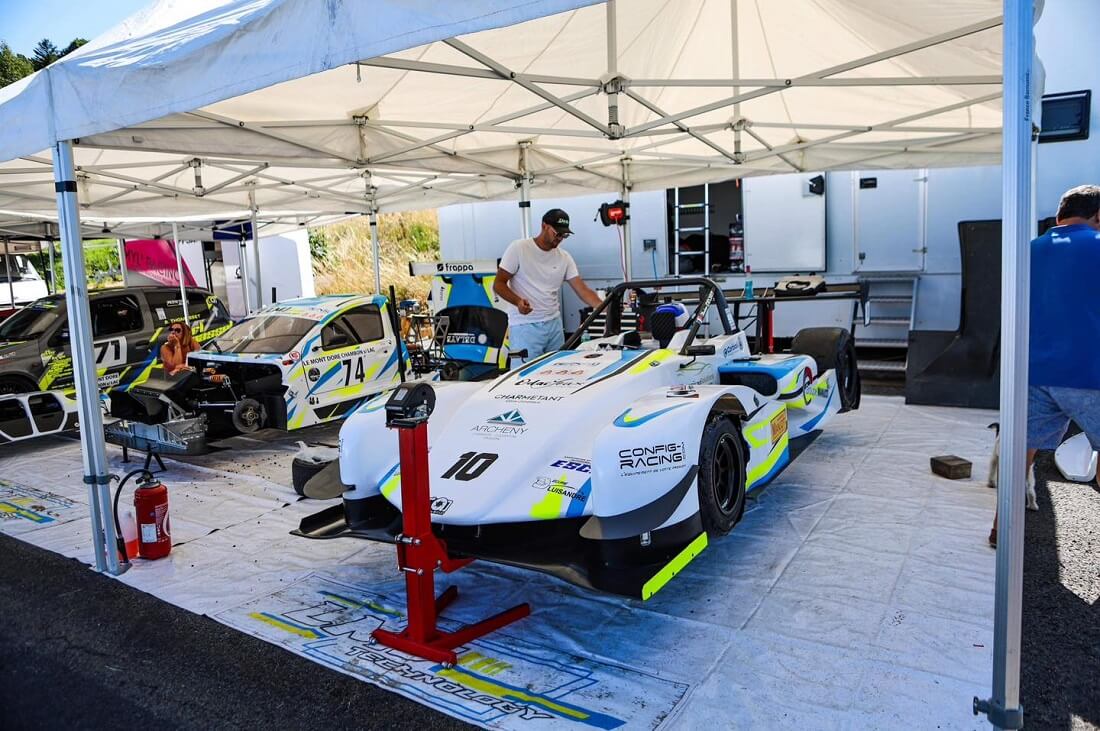
Production Cars / Series B (closed cars)
- FC (Formule de Côte): Race cars specially designed for hillclimbing, often prototypes (e.g., Simca Rallye, Renault R8 Gordini).
- F2000: Modified touring cars, including homologated models from groups FN and FA.
- N/FN/SP: Production cars, minimally modified compared to their original versions.
- A/FA: Highly modified touring cars (e.g., Clio Cup, 308 RC, Seat Leon Supercopa MK2/MK3, Peugeot 207 LW).
- GT Sport: Grand touring cars prepared for competition (e.g., Alpine A110 Cup or GT4, Porsche 996/997, Ferrari F430).
- GTTS: Special touring cars, often heavily modified for racing (e.g., Mitjet 1300, Caterham, MK Indy, Renault RS01, TCR, BMW M3 E92, Lamborghini Huracan).
Sports Cars / Series A (open cars)
- D/E: Includes single-seaters and racing barquettes (e.g., Tatuus Formula Renault, Tatuus Formula Master, Dallara, Reynard, Martini MK).
- CM/CNF/CN: Prototypes and barquettes often used in hillclimbing (e.g., Tracking, Silvercar, BRC, Speedcar, Radical, Norma M20, Ligier).
- CN+: High-level prototypes, more powerful than CN.
- E2SC: A category featuring high-performance sports prototypes (e.g., Nova Proto NP01/NP03, Osella, Revolt 3P0).
Each category is designed to balance competition, allowing drivers to compete under fair conditions. Regulations vary slightly depending on the federations, but they all aim to ensure the safety and fairness of the events.
Rules and Race Format
Hillclimb races are timed events where drivers start one by one at regular intervals from the base of the hill. The goal is simple: achieve the best possible time on a specific course to reach the summit as quickly as possible ⛰️
And it's really fast! Check out this video of French driver Nicolas Schatz during the Dunières hillclimb in 2015 😱
Unlike circuit racing, hillclimb races are held on public roads that are typically open to traffic but closed for the occasion. Here, there are no direct competitors on the track: only the clock matters! Timing is crucial, with a limited number of attempts, and every mistake can cost precious fractions of a second in the final ranking ⏱️
Once the vehicles reach the top of the course, the organization returns them in convoy to the starting point. Hillclimb races usually take place over a weekend, but some may be held in a single day, depending on the course length and the number of participants. Drivers complete several practice runs, often two or three, before tackling the timed runs that count for the final ranking. The result is determined either by the best time or by the sum or average of the times achieved, depending on the rules of each event.
In Luxembourg and France, only the best run counts for the ranking; in Switzerland, the two best runs out of three are added; in Germany, all runs, up to four, are combined.
It's important to note that the slope of hillclimb courses varies depending on the tracks, but it must always meet a minimum percentage defined by the championship regulations. In France, the average slope must be at least 2% 📈
What Are the Differences Between Hillclimb and Rally?
Hillclimbing and rallying are two motorsport disciplines that, although sharing some similarities, differ in several key aspects.
In hillclimb, the goal is to achieve the best time on an uphill course, typically short and exclusively on asphalt, without the presence of a co-driver. Drivers memorize the course and set off individually, racing against the clock. In contrast, rally is a much longer competition, composed of multiple stages on various types of terrain (asphalt, dirt, snow, etc.), and requires a co-driver. The co-driver reads pace notes and provides real-time instructions, guiding the driver through every turn and surface change.
Rally also includes liaison sections on open roads, connecting the timed special stages.
Differences also appear in vehicle preparation and race strategies. Hillclimb cars are often more specialized and optimized for fast ascents, while rally cars must be versatile, capable of adapting to a wide variety of terrains and conditions.
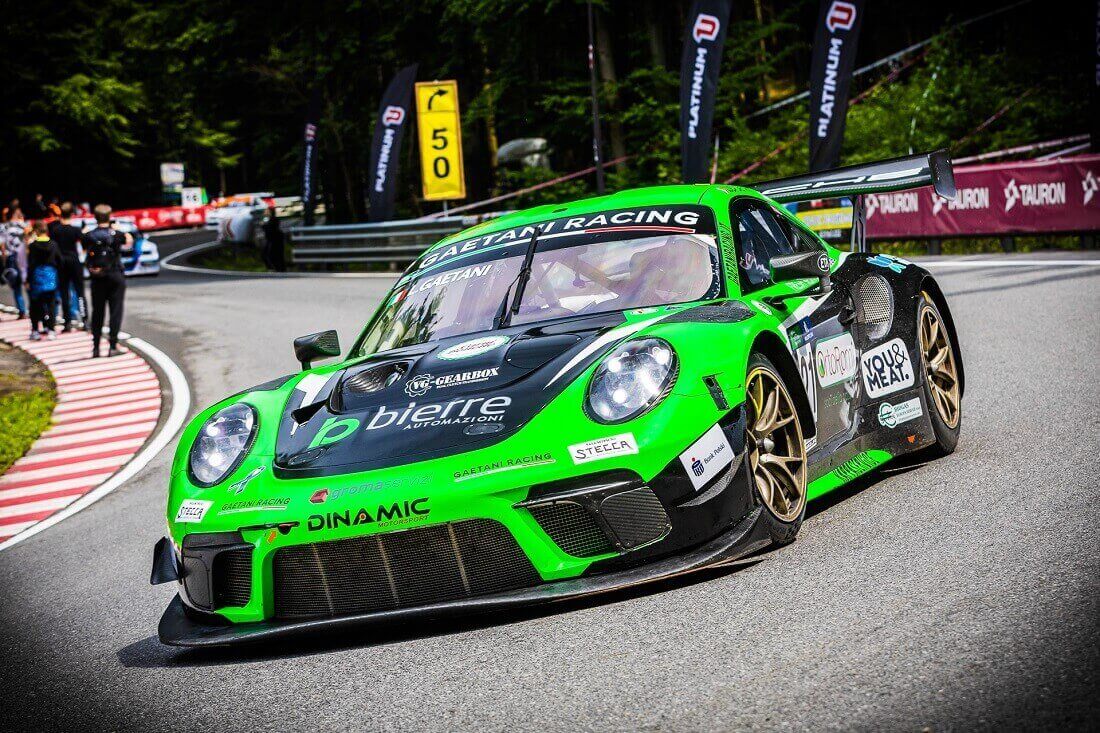
How to Start in Hillclimbing?
Like slalom, hillclimbing is one of the most accessible disciplines for those looking to start in motorsport on a budget. This accessibility makes it particularly attractive for beginners 🙂
Also see : "Slalom: Compete in Your Everyday Car"
Required Equipment: Car, Gear, License
To start in hillclimbing, it’s essential to have a suitable vehicle (whether purchased or rented) and the required safety equipment. Here are the essential elements:
- Vehicle: Choose a car that fits the category in which you wish to compete and meets safety standards.
- Driver’s equipment: A full set of gear is mandatory, including a helmet, fireproof underwear, a HANS device, gloves, a racing suit, and homologated boots.
- License: You will need to obtain a driver’s license from the local or national sports federations to participate in official competitions. In France, this is provided by the FFSA.
Choosing a Vehicle and Recommended Modifications
The choice of vehicle depends on the category in which you wish to compete and your budget. For beginners, it is advisable to start with a production car classified in Group N. Common modifications include upgrading the braking system, suspension, and adding safety equipment.
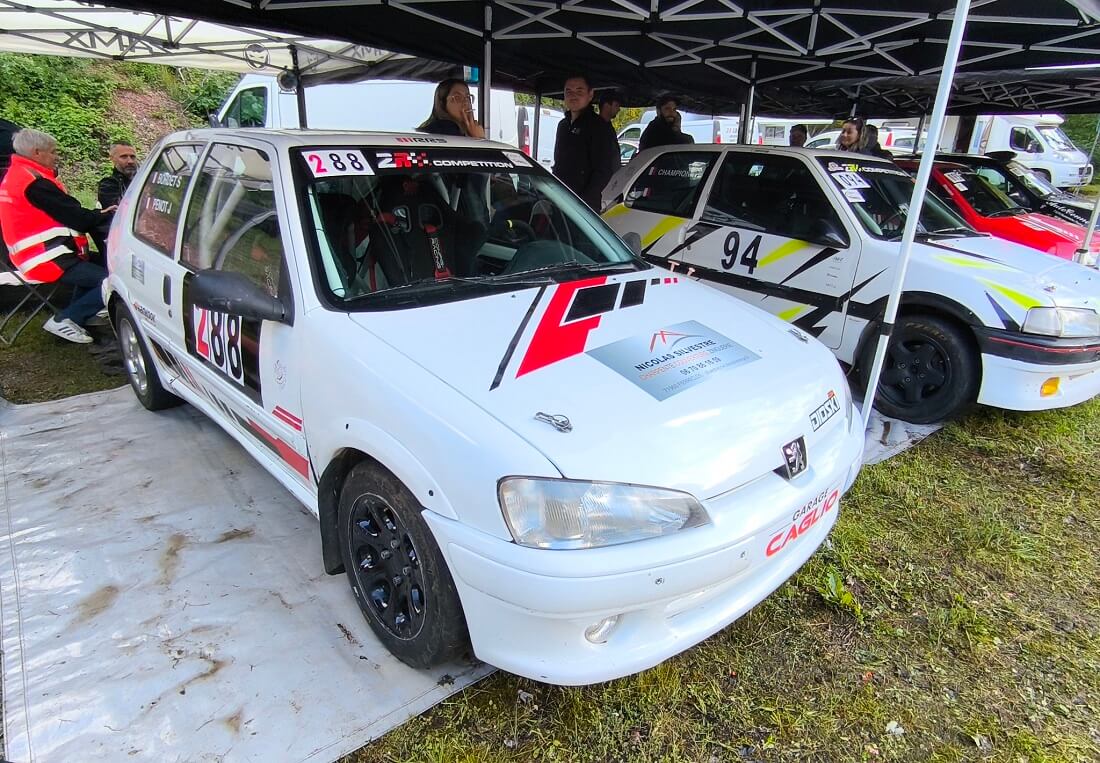
It’s also essential to be familiar with the specific regulations for each category to ensure that all modifications comply with the rules.
If you're looking to rent or buy a hillclimb car, feel free to browse the listings available on the site 😉
To give you an idea, rental rates for an N1 (106, AX..) in hillclimbing start around €500-600.
First Steps in Competition
Starting in hillclimbing may seem intimidating, but many resources and events are available for beginners. To build confidence and become familiar with your race car, you can participate in track days. You can also benefit from the advice of a driving instructor during a training session, helping you progress even faster.
It’s recommended to start with local or regional competitions to gain experience and refine your skills before tackling more significant and demanding events. Later on, you can sign up for the French Championship (CFM Challenge) or the FIA European Hill Climb Championship if you wish 🥳
Training on a Race Track
The Importance of Training for Performance
Training is a key element to succeed in hillclimbing, but practice opportunities are often limited outside of competitions. Additionally, with very limited track time during competition weekends, it’s crucial to prepare on the track to fully master your vehicle before hitting the hillclimb courses. A key component of this training is adapting to the specific slick tires used in the discipline.
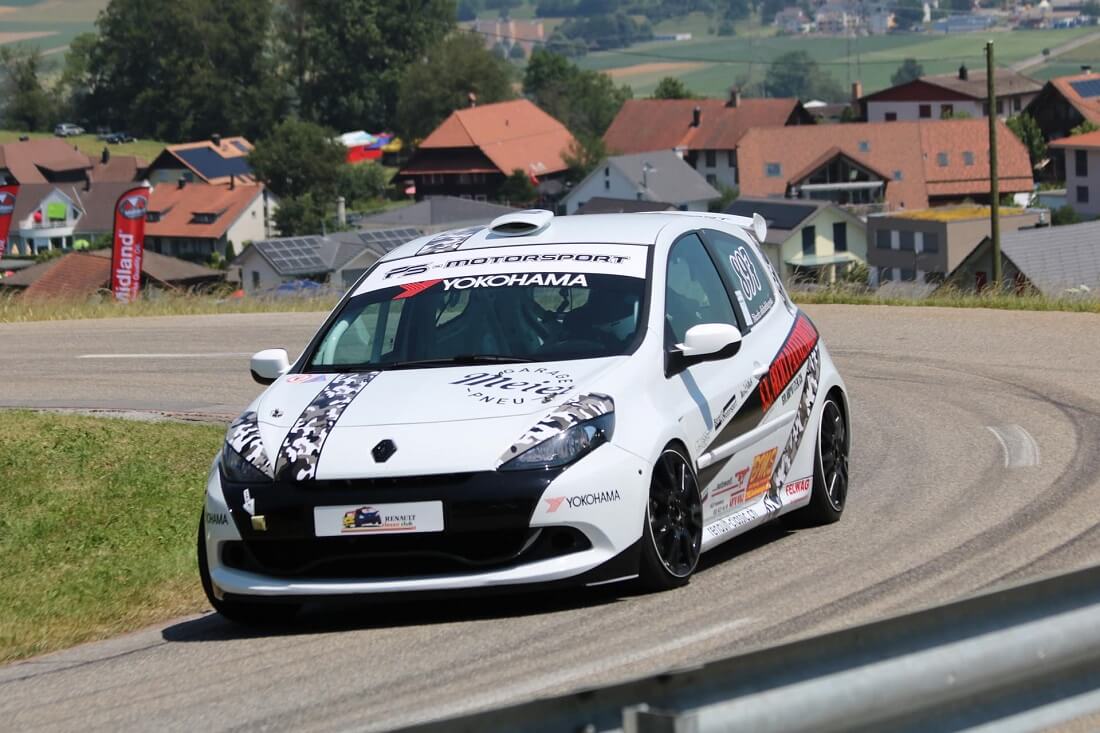
The tires used in hillclimbing must offer immediate performance, with rapid heating to be effective from the first turns. They must also withstand varied and often demanding conditions: low temperatures, tight corners, and various surfaces such as greasy asphalt, bumpy roads, or wet surfaces. Hillclimb race cars, with their high aerodynamic downforce, put significant pressure on the tires, requiring optimal traction. Training with these tires on the track helps you better understand their behavior and optimize your performance in competition 💪
In hillclimbing, performance must be on point from the start, as the races are very short. Drivers must therefore get used to intense and brief runs, requiring maximum concentration and immediate efficiency. From the first turn, the driver must be "in the rhythm" to get the best out of their vehicle and tires, making track training essential.
Learning the Course
Using simracing with games like rFactor 2 can greatly enhance a driver’s preparation. Simulators allow you to train in a controlled environment, offering the possibility to memorize the course in a realistic and safe way. This helps drivers get a first sense of the layout and memorize the various turns before discovering the course in real life during recognition runs.
To prepare for a competition, learning the course in advance and better understanding the trajectories, you can easily find onboard videos from previous years on platforms like YouTube or Facebook.
The Importance of Mental and Psychological Preparation
In hillclimbing, focus and pressure management are essential. Mental preparation techniques, such as visualization and meditation, can help drivers remain calm and perform under the competition’s demands. Mistakes can be costly, as every fraction of a second counts.
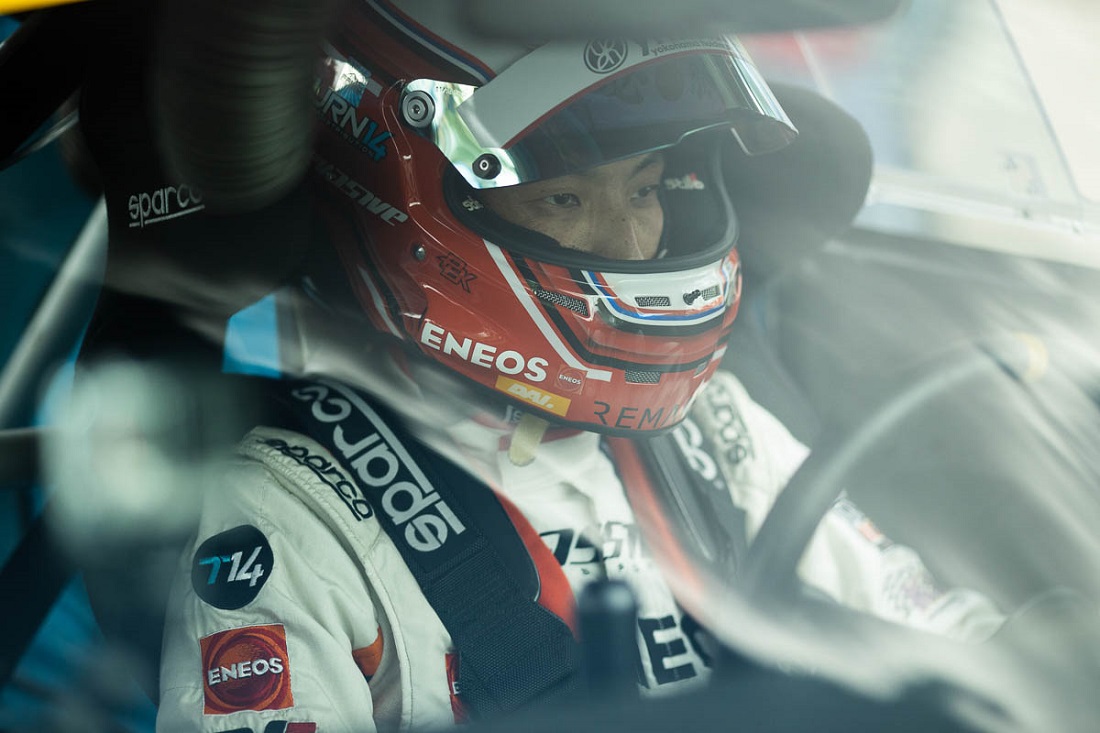
Main Hillclimb Championships and Events
The calendar of major hillclimb championships and events includes several must-attend dates in France, Europe, and internationally.
In France, the Championnat de France de la Montagne (CFM) is a reference. Key events include the Course de Côte de Chamrousse as well as iconic stages like the Course de Côte de Bagnols-Sabran and the Saint-Jean-du-Gard - Col Saint-Pierre, often part of the European calendar.
In Europe, the FIA European Hill Climb Championship is the major event. It includes prestigious races such as the Trento-Bondone Hill Climb in Italy and Sternberk in the Czech Republic. The FIA Hill Climb Masters, a biennial event, also brings together the best international drivers, with the last edition held in Braga, Portugal.
The German Hill Climb Championship and the private “Berg Cup” series are also highly regarded. Other national championships, though less publicized, offer exciting competitions, notably in Belgium, Spain, Italy, Switzerland, and Austria.
Internationally, the Pikes Peak International Hill Climb, known as the "Race to the Clouds," is held every June in Colorado, USA. In New Zealand, the Race to the Sky in the Cardrona Valley is renowned for its spectacular landscapes and technical challenges. In Australia, the Mount Alma Mile Hillclimb also attracts drivers from across the country.
Conclusion
For beginner drivers, hillclimbing offers a fantastic opportunity to take your first steps in motorsports. Get your license, choose a suitable vehicle (or rent one), and invest in quality safety equipment. Start with local competitions to gain experience, and improve your skills through regular track training.
Mental preparation is also essential: cultivate your ability to stay focused and calm under pressure. Enjoy the friendly and accessible atmosphere of the paddocks to interact with other enthusiasts and progress faster. By following these tips, you’ll not only start competing but also savor the unique challenges and thrills that hillclimbing offers. Good luck and most importantly: have fun!



